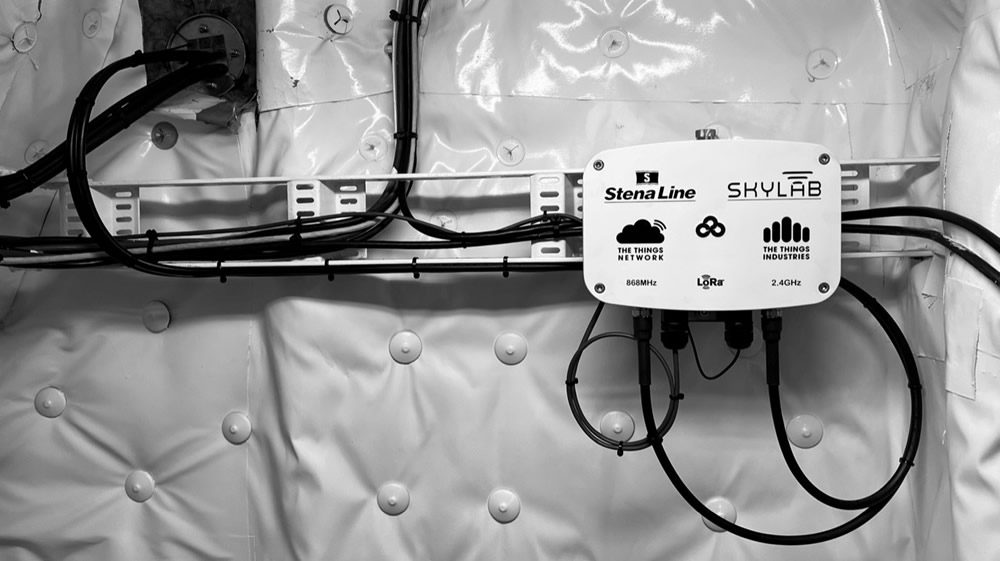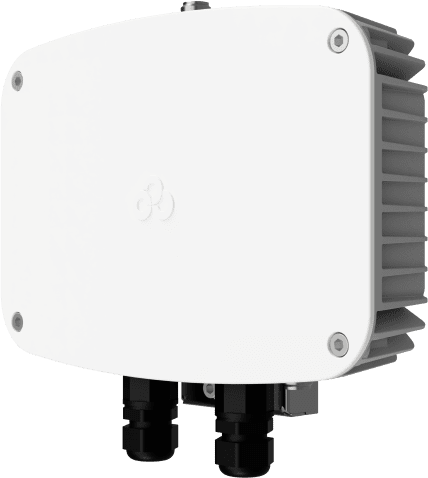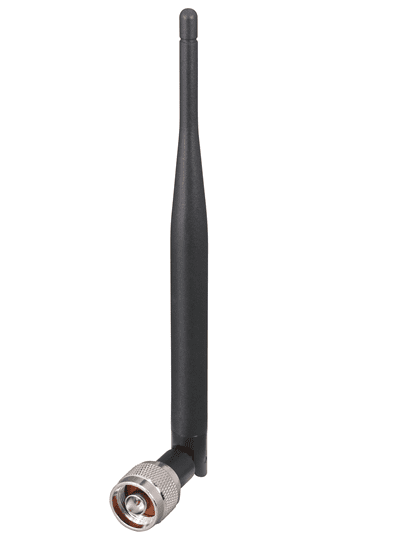Sensors Make it Plain Sailing for a Smart Ferry
A smart ferry equipped with sensors and LoRaWAN gateways can track and monitor passenger comfort and cargo for a sustainable and reliable supply chain.

Figure 1 The Stena Line ferry, MV Hollandica is equipped with a dual-band network using Semtech’s LoRa devices in the LongAP Pro gateway. (Image courtesy of SkyLab)
Equipping the Smart Ferry with IoT
Equipped with sensors and LoRaWAN gateways, Stena Line has set sail with a smart ferry on a route between Harwich, England, and the Hook of Holland. It can track and monitor passenger comfort and cargo for a sustainable and reliable supply chain. The sensors and gateways enable IoT nodes and networks to transmit and receive information about the vessel itself as well as the cargo and passengers. This data can be used to ensure passenger comfort, monitoring temperature and air conditioning, for example, but also to track and monitor assets on-board, such as the cargo and the condition of the ferry, to minimize maintenance and disruption from any repairs or checks required. The roll-on/roll-off passenger ferry MV Stena Hollandica is believed to be the first of its kind with dual-band LoRaWAN (Long Range Wide Area Network) connectivity at sea.
Skylab installed and integrated the HeNet BV LongAP Pro IoT gateways, which use Semtech’s LoRa 2.4 GHz transceivers (available from Mouser Electronics). The gateways offer multi-band LoRa frequencies (868MHz and the global maritime 2.4GHz band). They are also designed with multiple multi-network packet forwarders to simultaneously operate multiple LoRa-enabled Network Services (LNS) and private networks. Semtech says using the 2.4GHz and sub-GHz bands can simplify the roaming of trackers and sensors.

Figure 2 The LongAP Pro gateway or IoT-hotspot is designed to be used by different IoT networks and exploits LoRa technology to extend range. The durable housing is designed for outdoor use. One LongAP gateway is located on the deck and two are located below deck. (SkyLab)
The role of the sensors
The Stena Line ferry uses a variety of sensors. Skylab’s technical director, Remy de Jong Sr., elaborated on the types and their roles: Monitor sensors are used for the engines, dispensers, and doors to report if they are open or closed, he said. There are also temperature and air quality sensors. “Besides monitoring the ship infrastructure itself, even more important is the possibility to monitor the cargo in transit, especially for security or cool chain monitoring for perishable goods, such as food, drugs, or flowers,” he said.
Sensors also provide supply chain visibility. “Today, the solution is used for asset tracking,” explained de Jong. “It offers real-time positioning, even below the deck.” The receiving gateway identifies the ship and the Wi-Fi access points use the LoRa Edge Wi-Fi scan feature to geolocate inside the vessel, he added.

Figure 3 Sensors monitor fragile or temperature-sensitive cargo in transit. The gateways and sensors provide real-time data for monitoring and tracking assets and conditions.
The gateway has a range of 5-10 km when positioned outdoors, on the deck. For the interior, multiple small indoor gateways are used. “The biggest Stena Line vessel we equipped has one outdoor gateway and two small indoor gateways,” said de Jong.
In addition to asset tracking, sensors can be used to detect corrosion or leakage, smoke, or fire, and can also be used for onboard safety with intruder detection and personnel monitoring. In marine applications, sensors may be used to monitor operation activities, tracking both haulage and passengers. The MV Hollandica alone embarks on 28,000 departures each year; passengers, crew, and cargo all need to be in the right place at the right time for smooth operations.
In addition to ensuring some sensitive cargo items are kept at regulated temperatures, sensors monitor and track goods to improve supply chain logistics. They may also be used to detect and locate buoys and marine fenders for docking. Other sensors provide climate data, environmental trends for navigation, or crew preparations.

Figure 4 The LongAP Pro, developed by HeNet BV, uses Semtech’s LoRa devices, available from Mouser.
Sustainable shipping
An efficient connectivity system can contribute to sustainable marine operations. Wireless connectivity means a lighter infrastructure, which lowers a vessel’s CO2 footprint, said de Jong. Predictive maintenance is another example of how sensors can maximize resources efficiently and increase productivity. Temperature monitoring can lead to prompt repairs in refrigerated areas, for example. The dual-band LoRaWAN connectivity can also provide real time fuel consumption data by monitoring the wind strength, which can be taken into account when navigating a course to save fuel consumption.
The gateways and sensors had to comply to industrial maritime standards for outdoor use and protection against salt ingress, said de Jong. No other special components were required for the multi-band gateway system, except for multiple antennas.

Figure 5 The antennas used in the MV Hollandica were not specified but the whip antenna recently introduced by Linx Technologies, a TE Connectivity company, is one example of a seaworthy antenna that is also adaptable for vessels where space is limited. The ANT-450-HSW hinged whip-style antennas are designed by Linx Technologies and available from Mouser to withstand harsh environments.
ANT-450-HSW hinged whip-style antennas operate in cellular and IoT applications covering 410 MHz-450 MHz. The hinge allows the antenna to be positioned at 180°, 90°, or 45° angles to accommodate use in space-constrained areas. The antennas are also designed with additional UV protection for harsh weather environments. They connect N or TNC plug (male) connectors.
Amphenol RF has added tin nickel plating as an option to its IP67 RF connectors and coaxial adapter range. The environmentally friendly, cadmium-free tin nickel plating offers an extra layer of protection for the RF interconnect, typically found in marine GPS equipment. The plating is designed to withstand extreme exposure settings in outdoor and particularly marine environments. The plating has been validated for 720 hours of salt spray operation and specialized O-rings and gaskets around the dielectric and center contact ensure an IP67-rating for protection against temporary submergence. The plating is also RoHS and REACH-compliant.
As de Jong mentioned, protection against salt spray is a consideration for marine projects’ outdoor equipment. Today’s vessels rely on data for navigation, tracking, safety, and productivity, therefore safeguarding communications is paramount.
To learn more about the companies mentioned in this article, visit the Preferred Supplier pages for Digi-Key Electronics, Mouser Electronics, and TE Connectivity.
Like this article? Check out our other sensors and networking articles, our Transportation Market Page, and our 2022 and 2023 Article Archive.
Subscribe to our weekly e-newsletters, follow us on LinkedIn, Twitter, and Facebook, and check out our eBook archives for more applicable, expert-informed connectivity content.
- Matter: A Show of Unity for Connectivity - September 5, 2023
- Brexit Update: UK Connector Industry - March 28, 2023
- Sensors Make it Plain Sailing for a Smart Ferry - February 21, 2023





